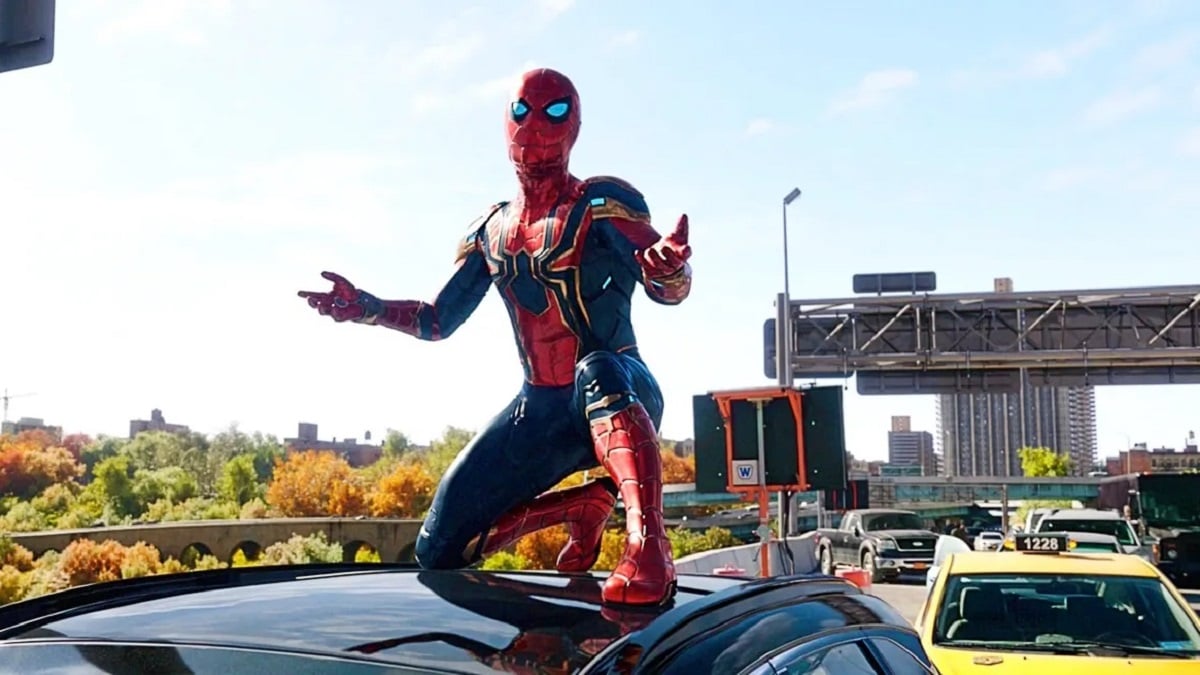One of the biggest films of the year, Spider-Man: No Way Home, required a lot of behind-the-scenes work to achieve some incredible scenes. VFX supervisor Kelly Port recently revealed some of the work that helped bring the iconic Doc Ock bridge fight scene to life.
“Shooting in Atlanta, we didn’t have a very big section of road to work with in terms of the live-action,” Port said to Variety. “It was a bunch of cars and a cement pad in the backlot of Trilith Studios with 40-foot blue screen walls on three sides.”
The original bridge scene was supposed to run for a lengthy 15 minutes, but Port and the team cut it down over time. “The order of the sequence in the movie ended up changing considerably as we shuffled around to tighten it up, make it better and more exciting,” Port said.
A significant part of the scene was bringing back Doc Ock, played by Alfred Molina. He originally appeared in Spider-Man 2 opposite Tobey Maguire’s Spider-Man, so Port had the difficult task of re-creating Doc Ock’s physicality that was authentic to how he moved originally. Luckily, some of the animators had worked on the 2004 film. Port admitted the coincidence was fun “because when I would have an animation note about how Doc Ock walks, they’d be like, ‘Excuse me, but this is the animator who did it in the previous movie,’ so I’d stand corrected but still ask them to do the note.”
VFX was pivotal in bringing the bridge scene to life, but they also had a huge impact on all aspects of the film, such as the extremely difficult task of bringing one villain who was never even on set to life. Another scene required a herculean effort as it had “probably over 30 billion rendered polygons in it,” Port said.
Fans can agree Port and the rest of the VFX team did an incredible job, and they were responsible for much of Spider-Man: No Way Home’s success in becoming the 12th highest-grossing film ever.




